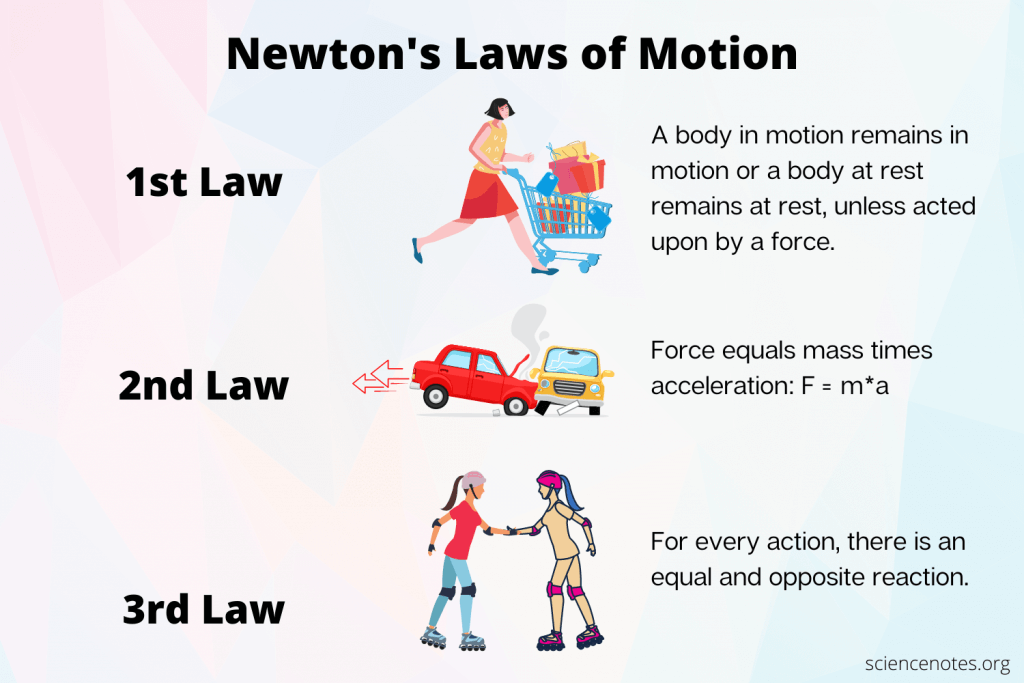Newton’s Law of Universal Gravitation: A Cosmic Connection
Isaac Newton, one of the most influential scientists in history, formulated the Law of Universal Gravitation in the late 17th century. This groundbreaking law described the fundamental force that governs the motion of celestial bodies, laying the foundation for modern physics and astronomy.
Understanding the Law
Newton‘s Law of Universal Gravitation states that every particle in the universe attracts every other particle with a force that is directly proportional to the product of their masses and inversely proportional to the square of the distance between them. Mathematically, this can be expressed as:
F = G * (m1 * m2) / r^2
where:
- F is the gravitational force between two objects
- G is the gravitational constant
- m1 and m2 are the masses of the two objects
- r is the distance between the centers of the two objects
Implications of the Law
Newton’s law of gravitation had profound implications for our understanding of the universe:
- Motion of Celestial Bodies: The law explained the motion of planets around the sun, the moon around the Earth, and other celestial bodies. It provided a mathematical framework for predicting the orbits of these objects.
- Formation of the Universe: The law helped to explain the formation of the universe, as gravitational forces pulled matter together to form stars, planets, and galaxies.
- Discovery of New Planets: The law allowed astronomers to predict the existence of undiscovered planets based on the observed motions of other celestial bodies. For example, the discovery of Neptune was based on the irregularities in the orbit of Uranus, which were explained by the gravitational pull of an unseen planet.
- Space Exploration: The law of gravitation is essential for understanding the mechanics of spaceflight and for calculating the trajectories of spacecraft.
The Gravitational Constant
The gravitational constant, denoted by G, is a fundamental physical constant that appears in Newton’s law of gravitation. It has a value of approximately 6.674 × 10^-11 N·m²/kg². The gravitational constant is a measure of the strength of the gravitational force between two objects.
Limitations of Newton’s Law
While Newton’s law of gravitation was a major breakthrough in physics, it has limitations:
- Relativity: Einstein’s theory of general relativity provides a more accurate description of gravity, especially in extreme conditions such as near black holes.
- Quantum Gravity: At very small scales, the laws of quantum mechanics and general relativity break down. Scientists are still working to develop a unified theory of quantum gravity that can explain the behavior of gravity at the quantum level.
Despite its limitations, Newton’s law of gravitation remains a fundamental tool for understanding the universe. It has provided the basis for countless scientific discoveries and technological advancements.


